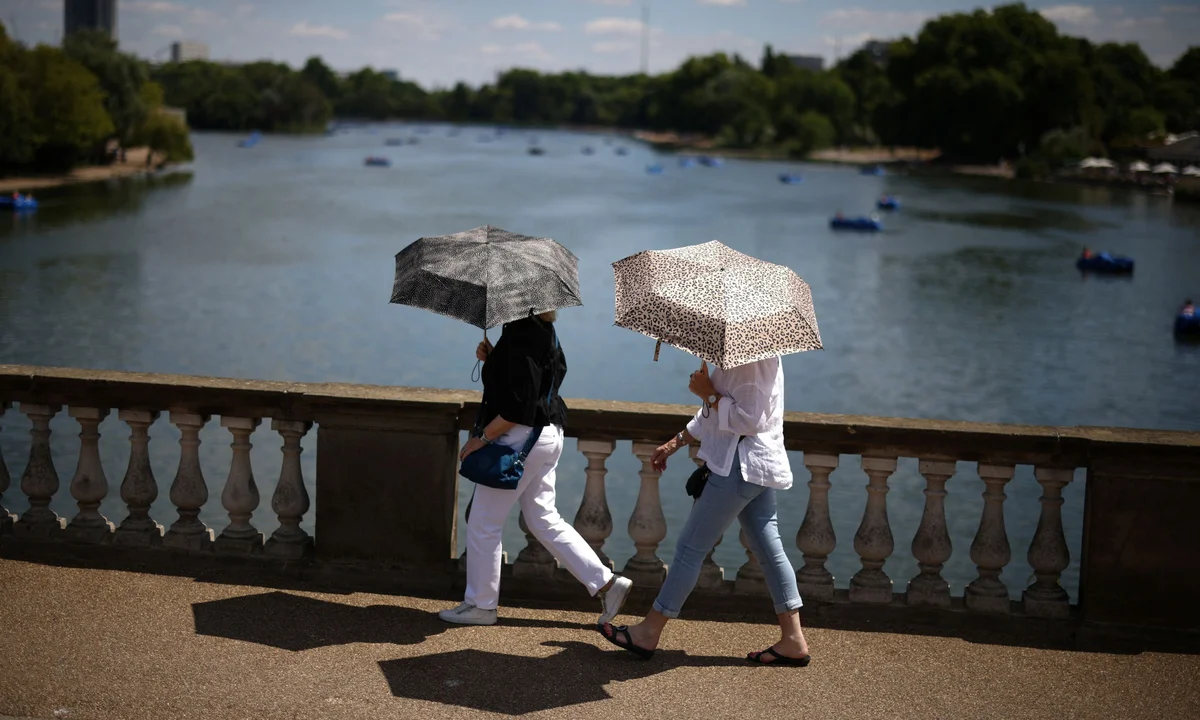The ongoing warm weather across the UK is leading to heightened demand for remote healthcare services and may affect the ability to conduct clinical risk assessments in overheated hospitals and care homes.
Many regions are experiencing temperatures four to five degrees higher than average for this time of year, with Wales recording its highest temperature of the year at 29°C in Usk, near Newport. Scotland and Northern Ireland have seen relatively lower peak temperatures of 22.3°C and 23°C, respectively.
According to the Met Office, a heatwave in the UK is defined as a location recording at least three consecutive days with temperatures meeting or exceeding specific thresholds. London and its surrounding regions have exceeded their threshold of 28°C since Monday, and temperatures are expected to remain high until Friday.
Southern England and the Midlands have slightly lower thresholds of 26°C and 27°C. The southern UK is on the verge of officially entering a heatwave, as central and southern England and south-east Wales are likely to meet the required criteria in the coming days.

UK Heatwave Increases Remote Healthcare Demand, Overheats Hospitals and Care Homes
For Scotland, Northern Ireland, Wales, and most of northern and western England, the heatwave threshold is 25°C. This threshold was not met in Scotland on Tuesday, marking the first July since 2010 that temperatures did not reach 25°C. The prolonged heat is attributed to climate change, which scientists say is causing hotter and more intense days, as well as longer heatwaves.
The lead forecaster for BBC Weather, Chris Fawkes, highlighted the difficulty in cooling down after a hot day, predicting uncomfortable nights with temperatures staying above 20°C in many urban areas.
He forecasted even hotter conditions for Wednesday in parts of central southern England and the Midlands, with temperatures potentially reaching 31°C to 32°C. Meanwhile, south-east England was expected to see temperatures around 29°C.
Weather warnings have been issued, including a yellow thunderstorm warning for south-east England and parts of the south coast from midday to midnight on Wednesday. Another thunderstorm warning is set for Thursday, affecting northern and southern England, the Midlands, and parts of Wales. These storms could bring lightning, hail, and gusty winds, potentially causing disruptions.
While temperatures are expected to fall below heatwave criteria by Friday, they will remain warm, around 20°C, with rain showers anticipated. The rest of July is predicted to have breezy conditions in the northwest and drier, brighter weather in the southeast, with more settled weather expected by mid-August.











































